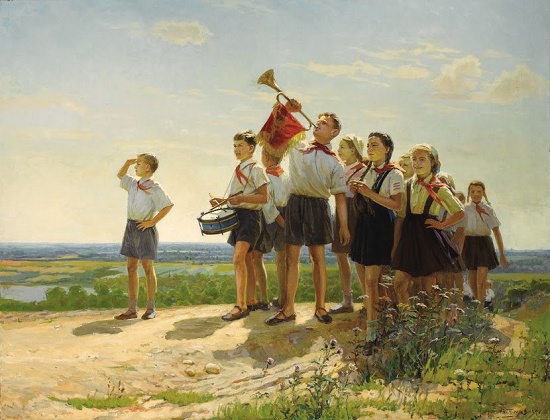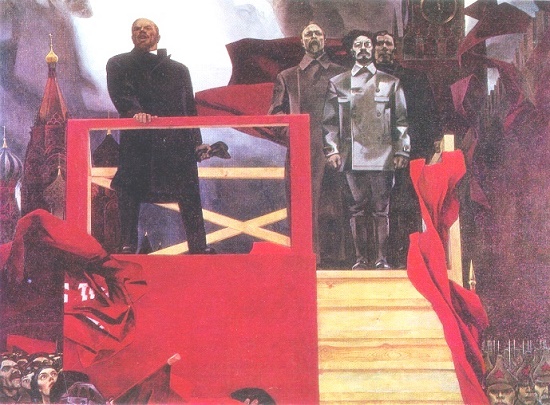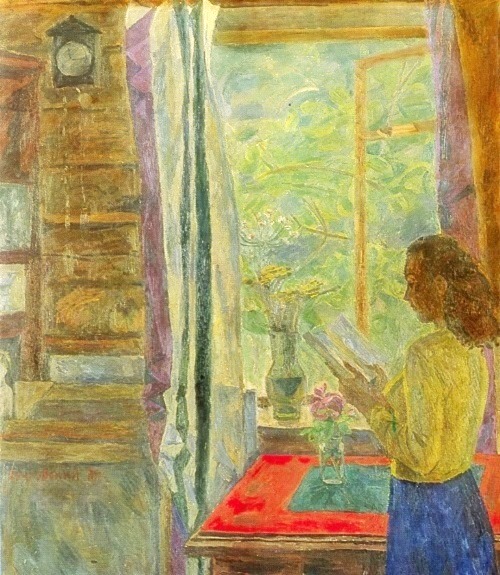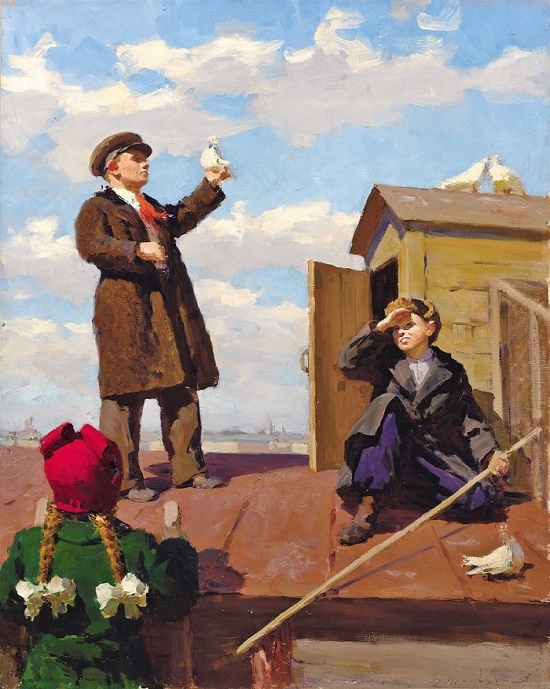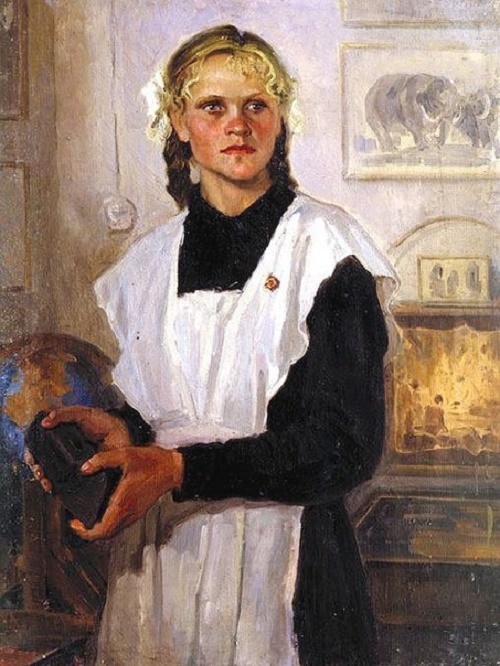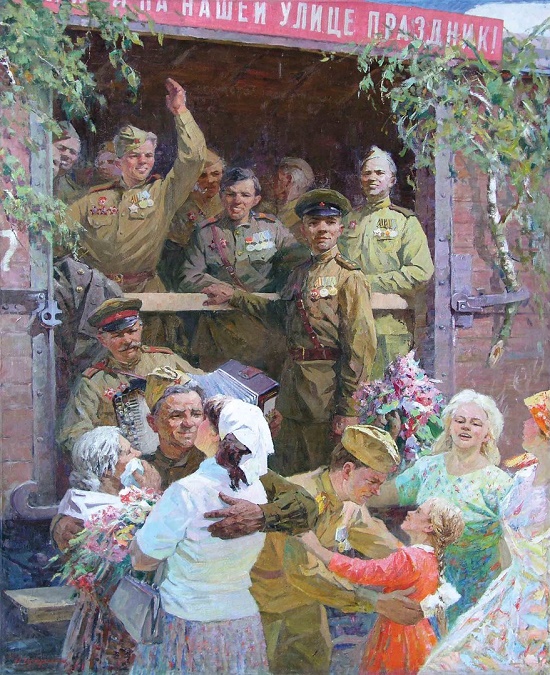Soviet artist Nikolay Belyayev 1916-2004
Soviet artist Nikolay Belyayev
Born in the city of Tsaritsyn, Nikolai Yakovlevich Belyaev showed his interest in drawing since childhood. First, he visited the private studio of the artist Durnao. Later, he studied at the Moscow State Academic Art School in memory of 1905 (1936-1940), workshops of PI Petrovichev, SI Frolov, GN Gorelov, and KI Finogenov. Then, he perfected his education in the Studio of Military Artists of M.B.Grekov (1939-1942).
Veteran of WWII, he was the correspondent of the front-line newspaper “Red Warrior” and the magazine Krasnoarmeets (1942). Participated in the fighting in the 16th Army. In 1942, seriously wounded, he lost his left hand. Perseverance and hard work helped him to continue his journey in art. He was awarded with orders: Patriotic War I degree, Labor Red Banner, Friendship of Peoples and medals “For Military Merit”, “For Victory over Germany in the Great Patriotic War”, etc.
Read more »
